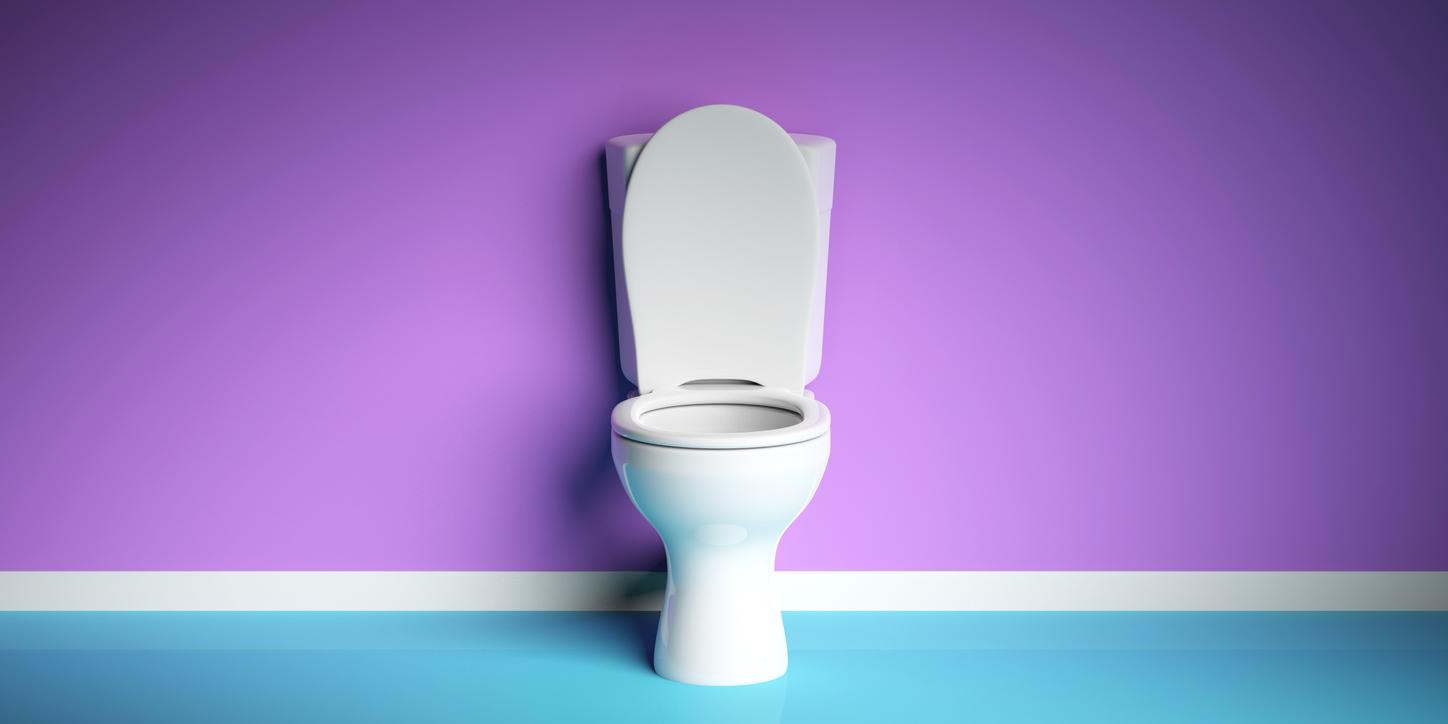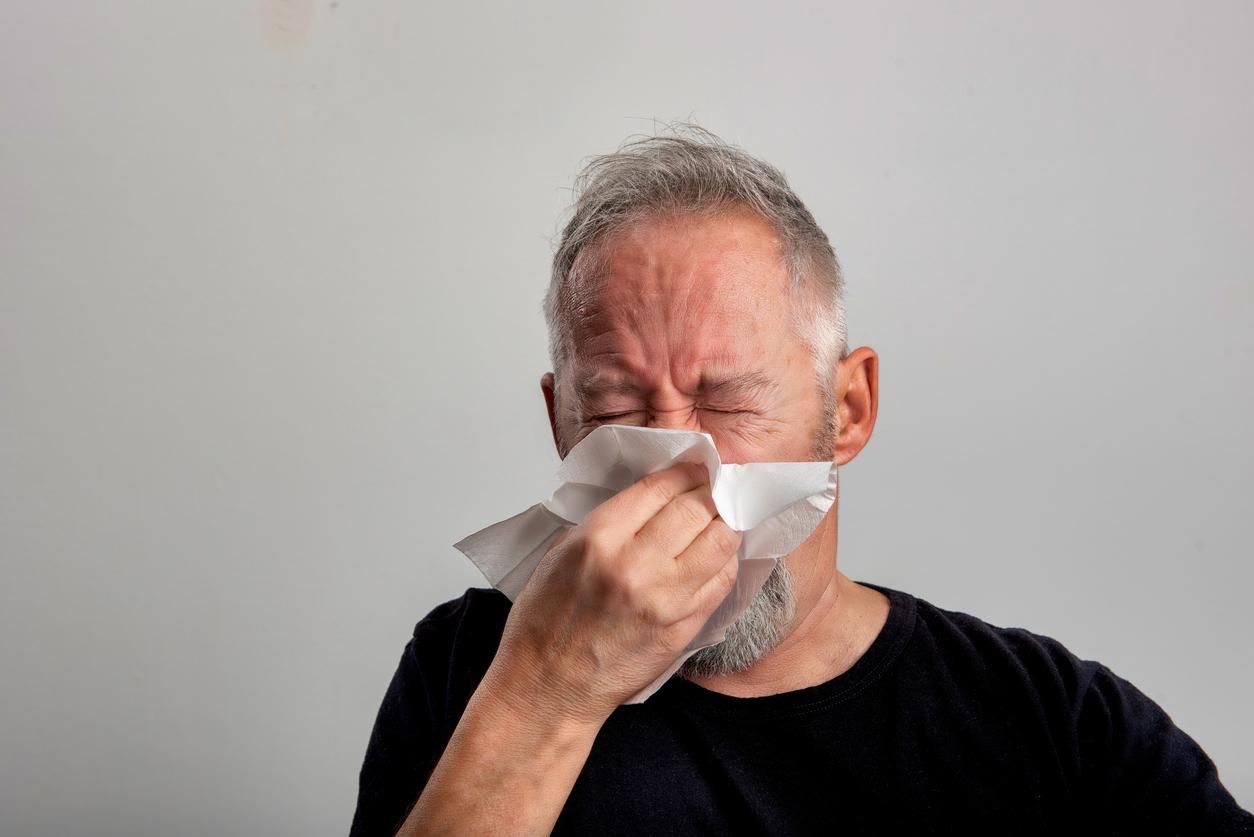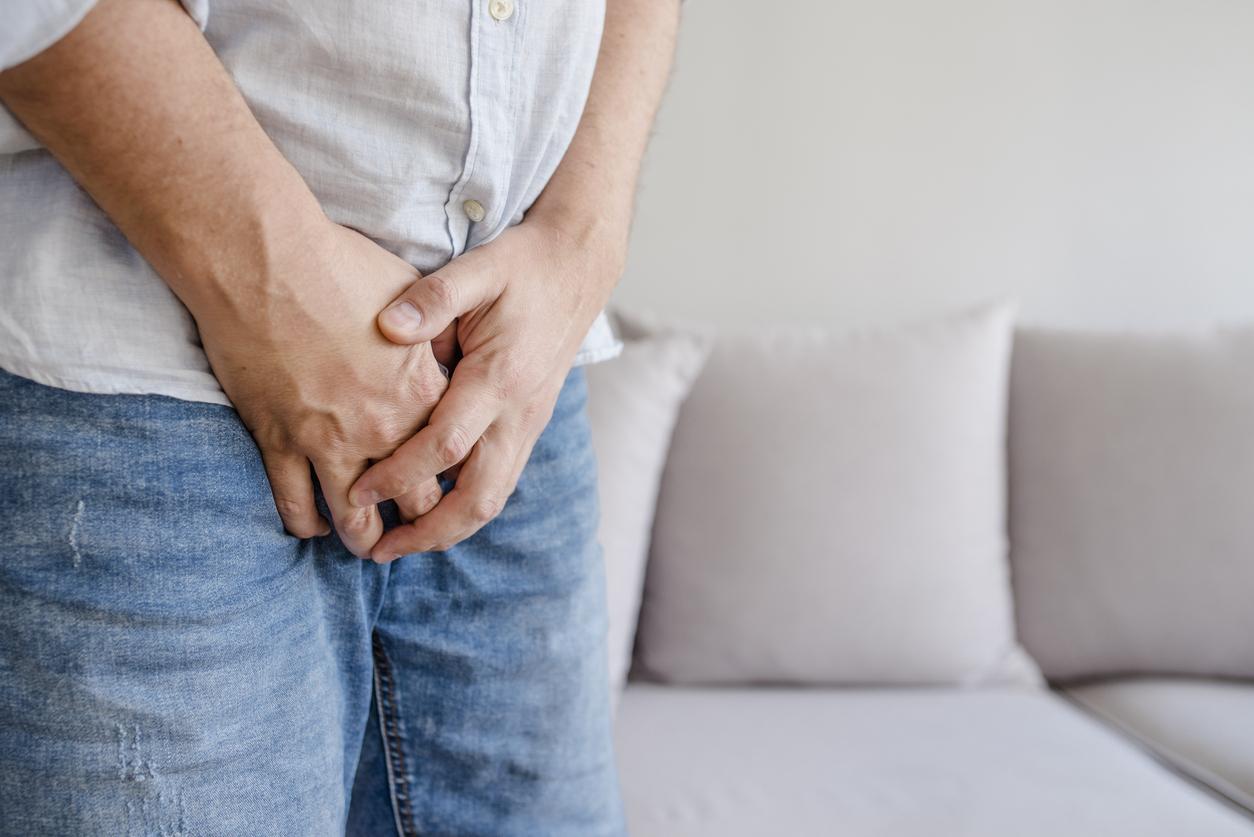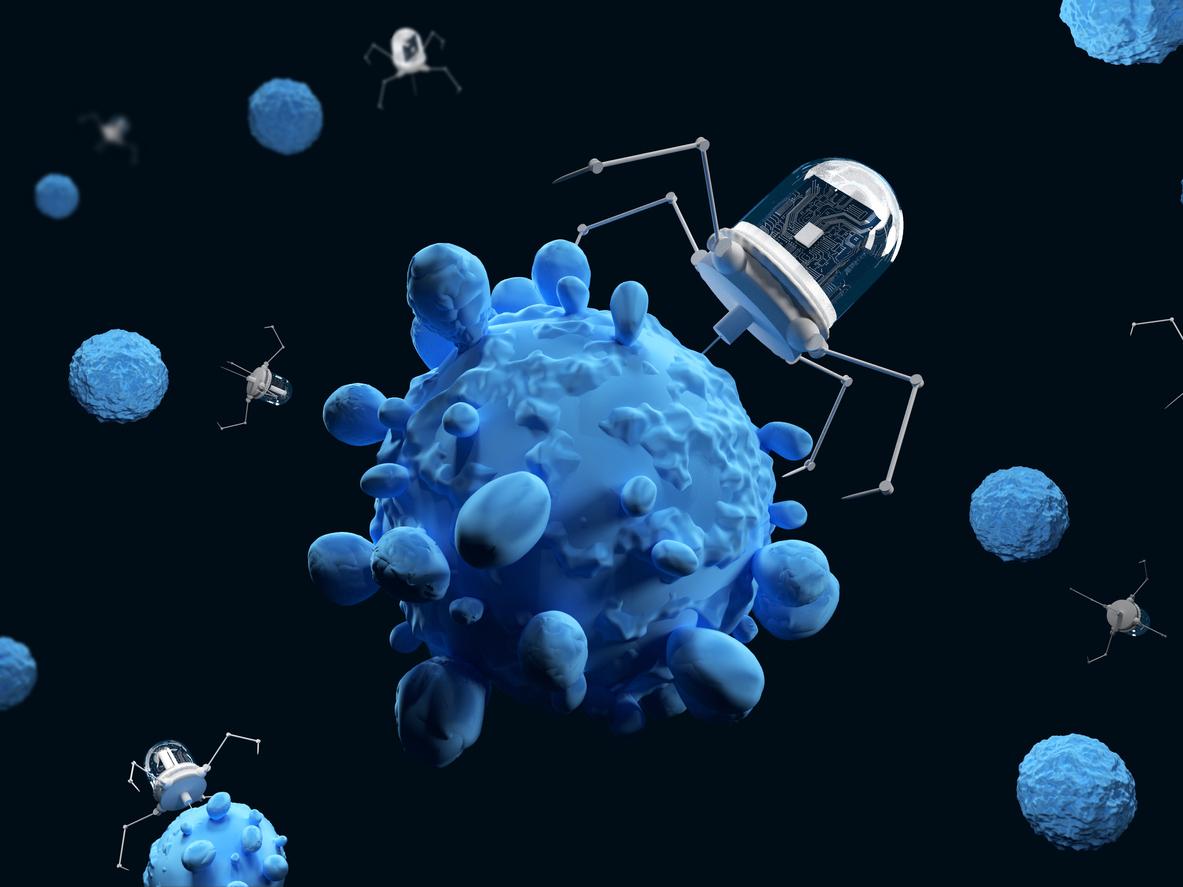Have you ever had to go to the bathroom in a cafe, have someone in the next cubicle, or a queue outside the door, and find yourself stuck, unable to urinate when you really want to ? Perhaps you suffer from paruresis, also called “shy bladder syndrome”. Explanations.
What is paruresis?
What does peeing consist of? “When the bladder is full, nerve impulses travel along the nerves from the bladder to the spinal cord. They then reach the brain and people become aware of the need to urinate. People who are able to control urination can then consciously and voluntarily decide to evacuate their bladder or to hold back. When the decision to urinate is made, the sphincter muscle relaxes, allowing urine to pass out through the urethra, and the muscles of the bladder wall contract to expel urine”, recalls the MSD Manual. If the fact of urinating is the most natural (and relieving) possible, it may not be possible, due to certain disorders, hindering the natural emptying of the bladder.
These can be of physiological origin: a urinary tract infection for example, which makes you want to urinate all the time and which can lead to a blockage, or the ” neurogenic bladder which creates urinary incontinence… And there is a disorder of psychological origin: paruresis. While the body is in perfect health and we have always known how to hold back and go urinate, it seems impossible, in some cases.
“I can’t pee in bars, trains, planes, not even at my friends’ or my in-laws’. So much so that one day, I went to the bathroom seven times during a long-haul flight of more than fourteen hours, in vain. I only managed to pee an hour before arriving,” entrusts Theo to 20 Minutes. Paruresis is characterized by the fear of urinating in a public place (or outside the home), where one can be heard (where there is a lack of privacy). It would concern 7% of the population, underlines the International Paruresis Associationwith a majority of men, blocked in front of the urinal.
A psychological and not a physiological blockage
The Association notes an important distinction: “paruresis is not dysuria. Dysurics have difficulty urinating all the time, due to physiological problems (nervous disorders, prostatism, etc…) while paruretics have difficulty urinating in particular circumstances for psychological reasons. »
But it happens that the two intersect, that a person suffering from paruresis becomes dysuric by dint of being blocked, or even that a person who suffers from dysuria is more prevented from urinating because of his pathology, thus making paruresis.
Strictly speaking, paruresis therefore has no physiological explanation, it can nevertheless be closer to a social phobia. In an interview granted to 20 Minutes, Stéphane Rusinek, psychologist and professor of psychology at the University of Lille, explains: “It is also very often by receiving patients suffering from social phobia that their paruresis is approached. In 90% of cases of shy bladder syndrome, there is a bit of an anxious ground behind “.
If it begins by being a blockage at the time, the fear of having to urinate in a public place can spread, as the Association explains: “the paruretic is afraid not only in the toilets, but also simply by seeing toilets, imagining in advance its failures and the resulting suffering”. In fact, it can have a significant impact on social life, because we try to avoid situations where paruresis could be triggered, we deprive ourselves of drinking in restaurants, we no longer dare to take the plane or the train. .
Where does paruresis come from and how to treat it?
Since it is a psychological illness, it can arise from traumafor example during childhood, toilets at school, teasing, or even educational problems in children who are forced to use the toilet in one way or another.
There is no drug treatment for paruresis, which is not a pathology in itself. But we can work on the blockage, via cognitive and behavioral therapy, or desensitization workshops for example.
Sources: International Paruresis Association, 20 Minutes, MSD Manuals


















